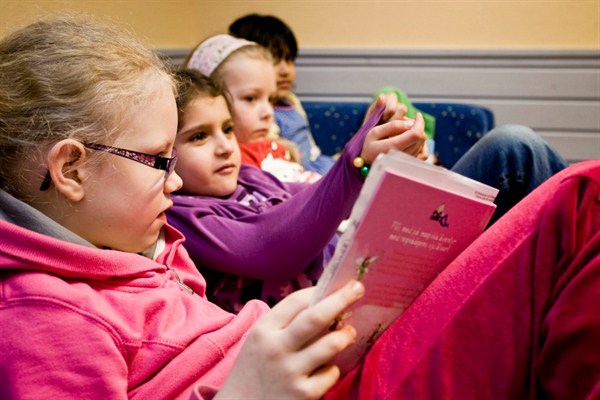Editor’s Note: This article is part of an ongoing WPR series about education policy in various countries around the world.
The influx of refugees and asylum-seekers arriving in Sweden since 2015 has placed strains on the country’s education system. Nevertheless, authorities have endeavored to retain features of the system that set it apart from other countries in Europe, including the right to education in one’s native language as well as an inclusive, secular approach to religious education. In an email interview, Jenny Berglund, an associate professor and senior lecturer at Sodertorn University in Stockholm, describes the rationale behind these policies and the benefits they offer.
WPR: How has Sweden’s historically liberal refugee policy shaped its education system, especially when it comes to new arrivals, and what strains were put on the system as a result of the migration crisis?

